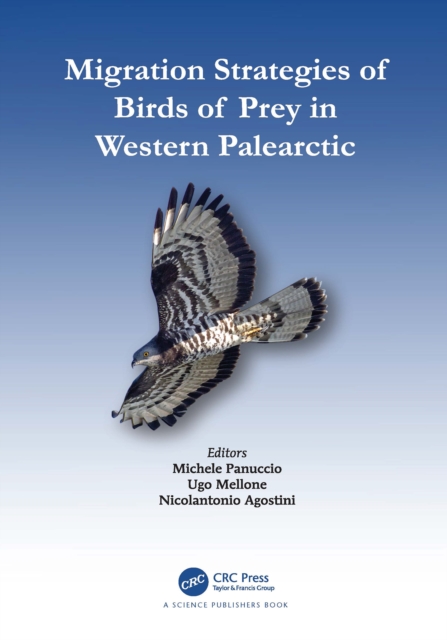
Migration Strategies of Birds of Prey in Western Palearctic EPUB
Edited by Michele Panuccio, Ugo Mellone, Nicolantonio Agostini
EPUB
Description
Given their roles in the ecosystem, raptors are widely considered the flagship or umbrella species among birds. Most species undertake a seasonal journey that is impressive because of the length, and the imposing natural barriers such as deserts and seas that they fly over. The migration of birds of prey has unique characteristics in the animal world because of their morphology and flight style. The flying path of Afro-Palearctic migrants between breeding and wintering grounds is determined by several factors such as morphology of the birds, geography, behavioural adaptations.
The book analyses the migration patterns of raptors along the Afro-Palearctic migratory system, and summarizes the recent research on these top predator species. Behavioural adaptations such as the importance of social interactions and the modulation of the different flight styles as well as ecological interactions with the encountered environment and weather conditions en route are described in the book. Moreover, the impact of climate change on the migratory behaviour and key conservation issues are discussed. The book provides an overview of the migratory characteristics and flyway patterns of all European raptors species and also some Asian ones. These chapters have been written by some of the most important raptor specialists, giving a complete picture of the different migration strategies on the basis of both traditional methods and new technologies.
Information
-
Download - Immediately Available
- Format:EPUB
- Pages:320 pages
- Publisher:CRC Press
- Publication Date:28/07/2021
- Category:
- ISBN:9781351023603
Information
-
Download - Immediately Available
- Format:EPUB
- Pages:320 pages
- Publisher:CRC Press
- Publication Date:28/07/2021
- Category:
- ISBN:9781351023603






